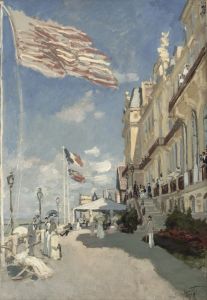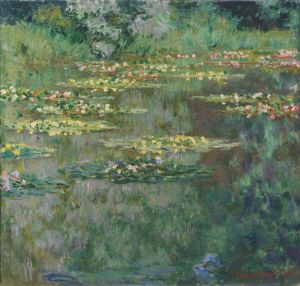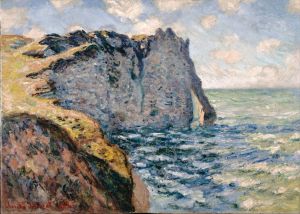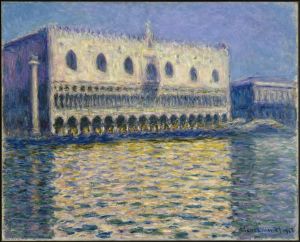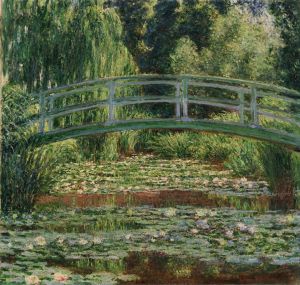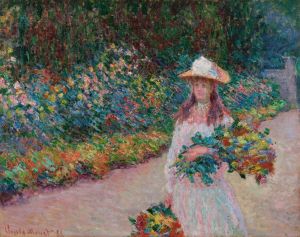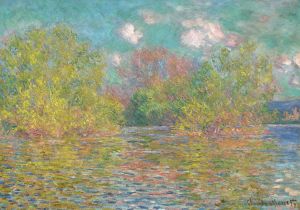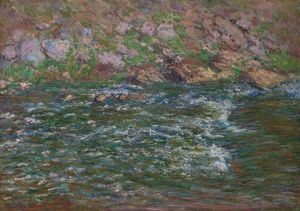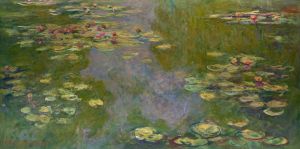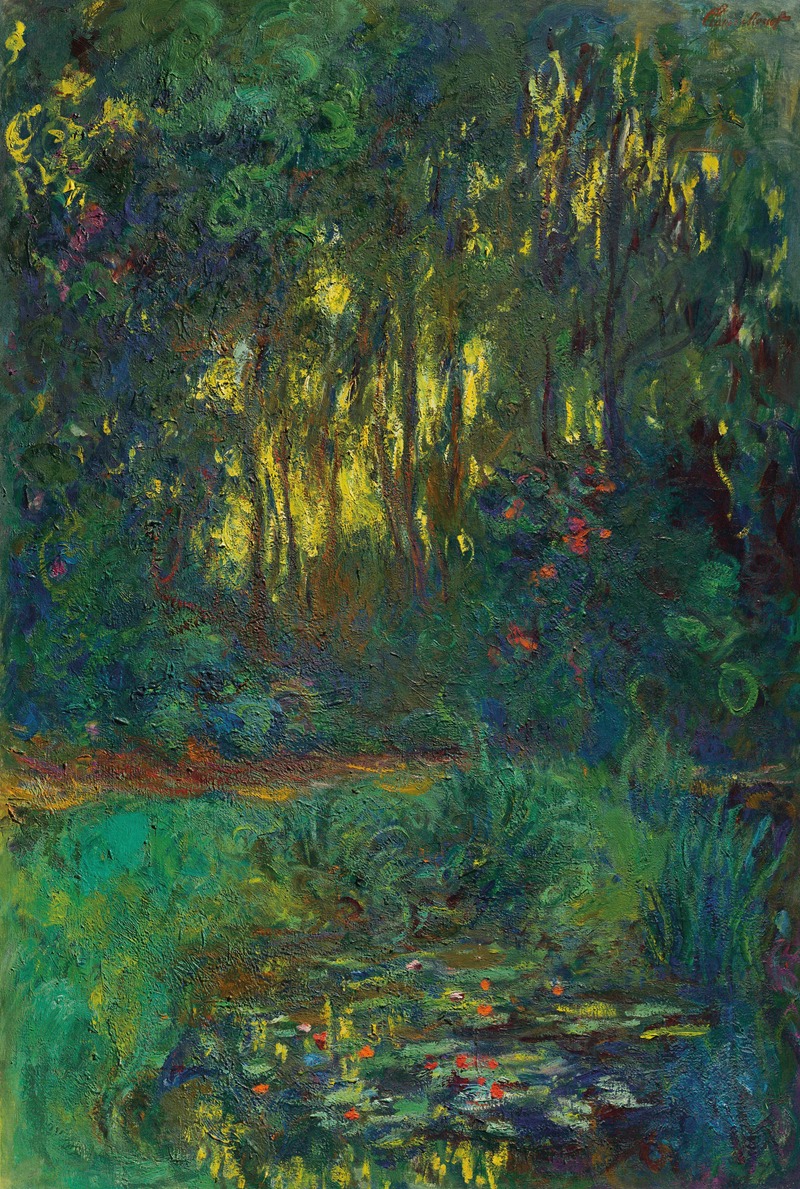
Coin du bassin aux nymphéas
A hand-painted replica of Claude Monet’s masterpiece Coin du bassin aux nymphéas, meticulously crafted by professional artists to capture the true essence of the original. Each piece is created with museum-quality canvas and rare mineral pigments, carefully painted by experienced artists with delicate brushstrokes and rich, layered colors to perfectly recreate the texture of the original artwork. Unlike machine-printed reproductions, this hand-painted version brings the painting to life, infused with the artist’s emotions and skill in every stroke. Whether for personal collection or home decoration, it instantly elevates the artistic atmosphere of any space.
"Coin du bassin aux nymphéas" is a painting by the renowned French Impressionist artist Claude Monet. This artwork is part of Monet's famous Water Lilies series, which he created during the latter part of his life. Monet's Water Lilies series is celebrated for its exploration of light, color, and reflection, capturing the serene beauty of his garden in Giverny, France.
Claude Monet was born on November 14, 1840, in Paris, France, and became one of the leading figures of the Impressionist movement. The term "Impressionism" itself is derived from Monet's painting "Impression, Sunrise" (1872), which was exhibited in the first Impressionist exhibition in 1874. Monet's work is characterized by his focus on capturing the effects of light and atmosphere, often painting the same scene multiple times to capture different times of day and weather conditions.
Monet moved to Giverny in 1883, where he cultivated a large garden that would become the primary inspiration for his Water Lilies series. He began work on this series around 1899 and continued to develop it until his death in 1926. The garden featured a pond filled with water lilies, a Japanese bridge, and various other plants, all of which became recurring motifs in his paintings.
"Coin du bassin aux nymphéas" specifically depicts a corner of the water lily pond. Monet's technique in this painting, as in others from the series, involves loose brushwork and a focus on the play of light on the water's surface. The painting captures the tranquil and reflective quality of the pond, with the water lilies floating serenely and the surrounding foliage softly reflected in the water.
Monet's Water Lilies series is often seen as a precursor to abstract art due to its emphasis on color and form over detailed representation. The paintings are celebrated for their ability to convey a sense of peace and contemplation, inviting viewers to immerse themselves in the natural beauty of Monet's garden.
Throughout his life, Monet faced challenges, including the loss of his wife Camille and struggles with cataracts, which affected his vision. Despite these difficulties, he continued to paint, and his work remained innovative and influential. The Water Lilies series, including "Coin du bassin aux nymphéas," is considered one of his greatest achievements and has been exhibited in major museums worldwide.
Monet's legacy as a pioneer of Impressionism and a master of capturing the ephemeral qualities of nature continues to be celebrated. His Water Lilies series, with its focus on the interplay of light, color, and reflection, remains a testament to his artistic vision and dedication to exploring the beauty of the natural world.





